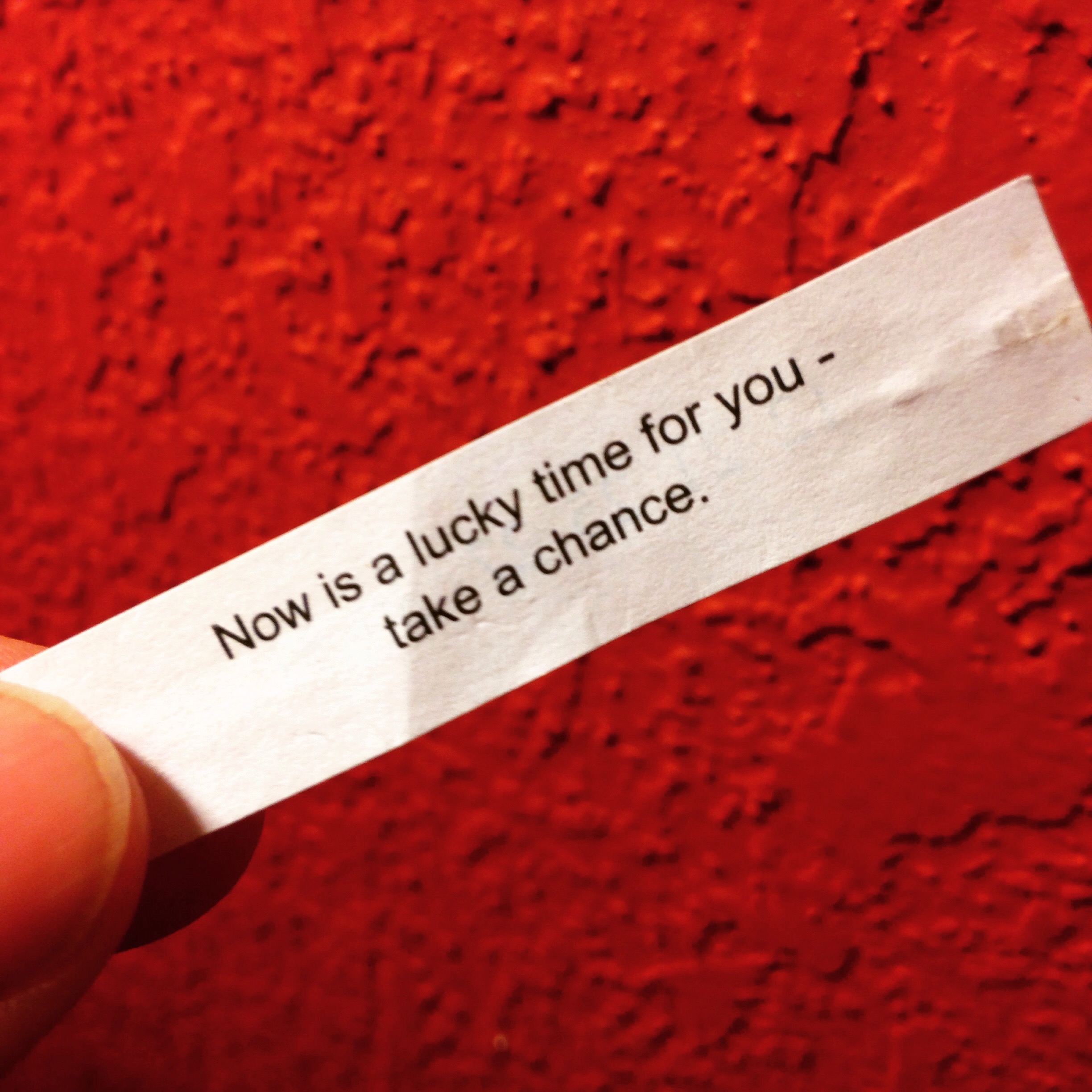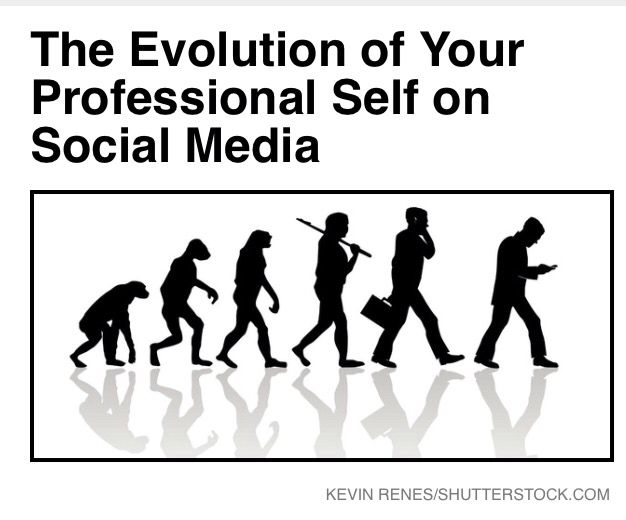
Never underestimate the power of resilience. No matter how far down you feel beaten; it only takes a step to begin the journey again.


Never underestimate the power of resilience. No matter how far down you feel beaten; it only takes a step to begin the journey again.


While I don’t think these would all make my top 12, they do offer some great as food for thought.
12 Choices to Step Back From Burnout @edutopia

Making the rounds this week;
The Evolution of Your Professional Self on Social Media

Recently was shared this story; Happy employees share certain habits and behaviors, and these habits help them stay happy. Here are some of the most important ones.
Of which I am about 80% on board with. What I felt was missing was the “under-actions” that often accompany this type of commentary for the real time person; for the full article visit: http://www.inc.com/jayson-demers/7-habits-of-happy-employees.html
1. They see problems as opportunities.
But this also means that when they propose solutions –a process is in place in the workforce that allows for them to have fair and access to expressing theme for serious consideration.
2. They express gratitude.
Gratitude is one thing – but even the more gracious and appreciative worker will lose it if they feel locked or forced into a corner without the tools to adapt and move towards the “gratitude light’
3. They stay busy, but not overwhelmed.
Busy? The new norm – You have to know the difference between them and have the support in place to be mentored on how to use this skill.
4. They socialize.
This is the current buzz word in HR and Workforce development – This push to query “do you have friends at work”, how social etc.. It has value I agree. But it needs to be nurtured in an organic way. Not everyone wants or comes to work fitting in.
5. They take breaks.
I agree with this – enough said
6. They stay honest.
Honesty is over rated if it means you loose out becouse of institutional disreagurd for honesty and feedback. More and more “change leaders” use the jargon and don’t get the application. This is usually clearly shown in how they purposely never survey the workforce for honestly, confidence on themselves, etc. Instead push it on the systems they forced on the teams.
7. They accept what can’t be changed. Some things are simply beyond your control. You can’t help the demanding client who needs everything done by yesterday. You can’t help the fact that your boss rarely gives you the full plan in advance. Unhappy people see these things and dwell on them perpetually, constantly trying to fix them or staying angry that they exist. Happy people, on the other hand, learn to live with the idiosyncrasies of others, accepting that quirks and personality traits can’t always be changed–and that’s not always a bad thing.
Live and let live is a great approach – But to do this – you have to feel good about your place in the structure of work; how you see your role in the moment and its relation to yourself. So – before you can accept what can’t be changed – an honest assessment and query to yourself; that includes an understanding of “what I can change is my ability to leave what isn’t feeding my needs or skills” needs to happen.

Nice simple article that really looks said some of the better reminders for social marketing.
I’m not a big advocate for number four; Monetize. I do understand the value of developing social marketing techniques that bring in income- if that’s what you’re aim is. So this might be 3M’s +DI; for me with my fourth bullet being dissemination information.

Social-media marketing used to be a two-step process: write and post. But today it has evolved into something that sometimes looks more like a NASA mission-control center operation. Dozens of software systems and screens monitoring, measuring and optimizing each campaign.
But beneath all the complexities, the fundamentals of social-media marketing ultimately determine the outcome of campaigns. When marketers master the four Ms of social marketing, all the complexity amid a sea of tools and tactics can be distilled into a simple, successful game plan.
Social media is an increasingly crowded and busy arena. The downside is that manually monitoring social-media efforts is time-consuming, if not impossible. But the upside is that when a company uses a platform that can track and analyze social media chatter, it can tap into real-time intelligence about an industry and its competitors that will sharpen its strategy.
Monitor activity before you launch a campaign. Obtain a clear idea of a competitor’s strengths and weaknesses on social media. Look for market opportunities and see what consumers react to within the industry. Make social media your real-time A/B testing and market-research laboratory. And then monitor campaigns to optimize performance.
Once a campaign is launched in the social sphere, management can make or break the campaign’s success. Refine your campaign by tracking performance and reacting to what works and what does not. Take the workload off your social-media manager by letting him or her schedule posts and tweets. Add a new level of social-media intelligence by listening to what users are saying about the company’s campaigns and brand.
Management is the execution of the social strategy. And with all the emphasis on the software, analytics and strategy, execution is still what drives the success of a social-media campaign.
Measurement is increasingly important on two fronts. Social media is fragmented across multiple platforms. Tracking and analyzing the full scope of social-media use is now more difficult than ever. Secondly, measurement is one of the most important ways to demonstrate the effectiveness of social marketing to chief marketing officerss, company executives and board members.
Measurement involves tracking results on earned, owned and paid media. Engagement can be gauged across all social-media platforms and how traffic is driven to a company’s website. It’s also possible to analyze how paid advertising on Twitter and Facebook encourages participation on social-media campaigns and a company’s website.
The Holy Grail of social media marketing is sales. When marketers can draw a direct line between a social-media campaign and sales, all the guessing over the value of engagement ends. The return on investment is indisputable.
A rapid advance in technology is making social-media sales increasingly within reach of businesses of all sizes. Transactions can be made through use of a hashtag. Facebook is launching a “Buy” button that lets users purchase items without leaving its platform. And new social-commerce capabilities empower marketers to drive sales on social media.
Closing a sale can be tricky on social media. Consumers often seek an incentive, a prize or promotion. They also look for what their friends and acquaintances are wearing or purchasing. Such habits let brands leverage the viral, sharing nature of social media to inspire purchasing decisions with user-generated content or through coupons, discounts or prizes.